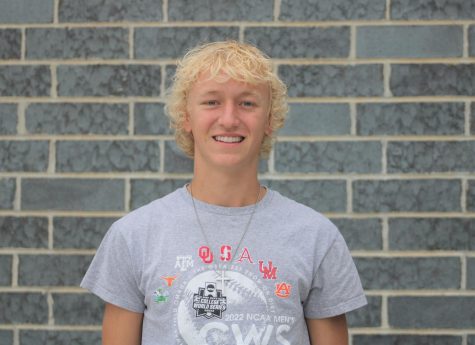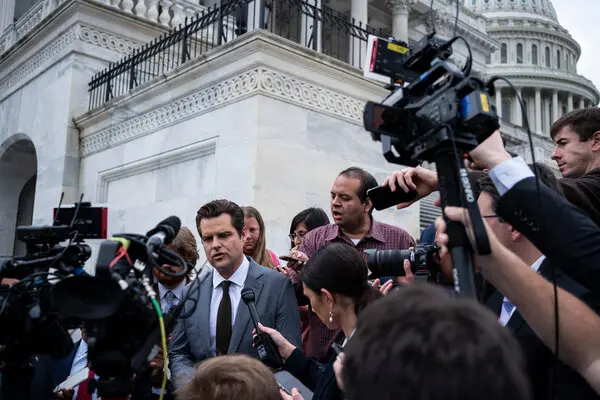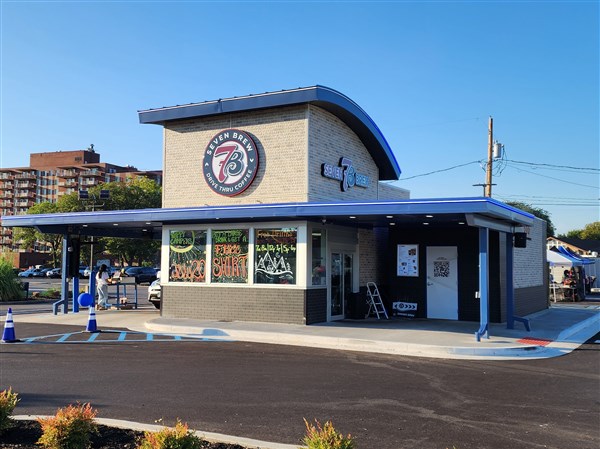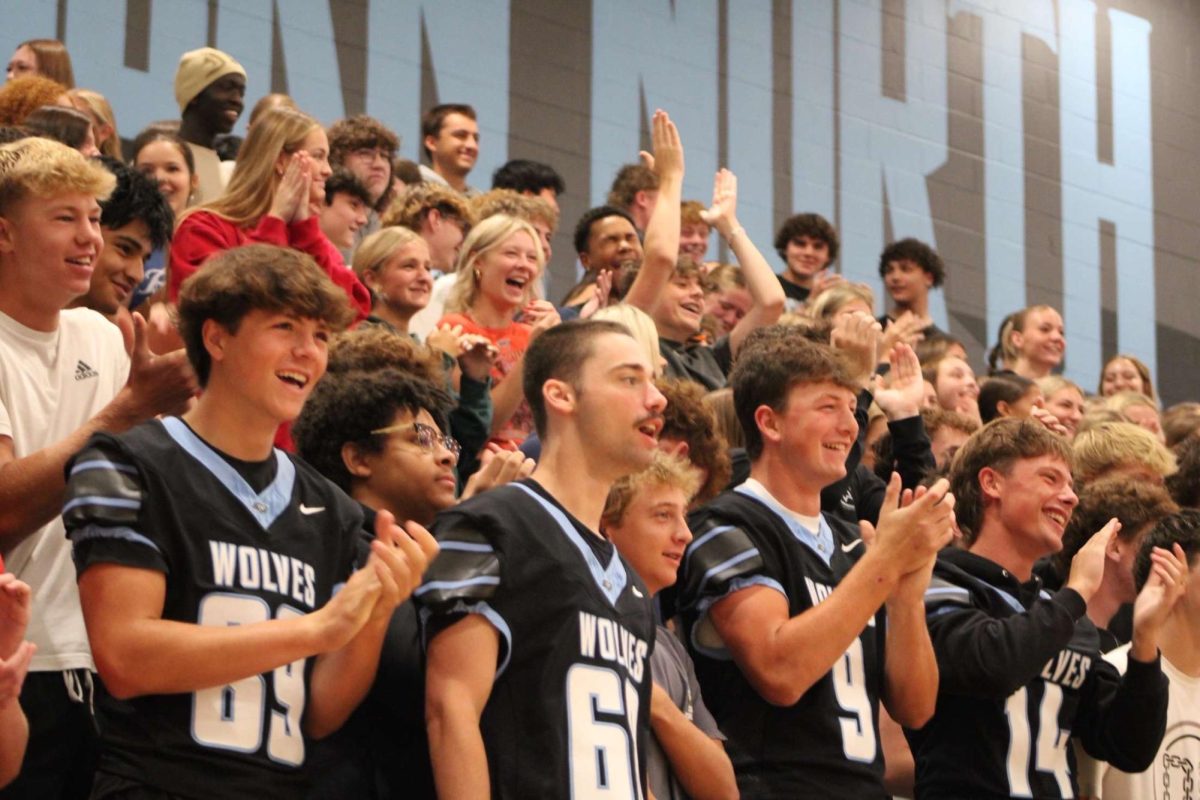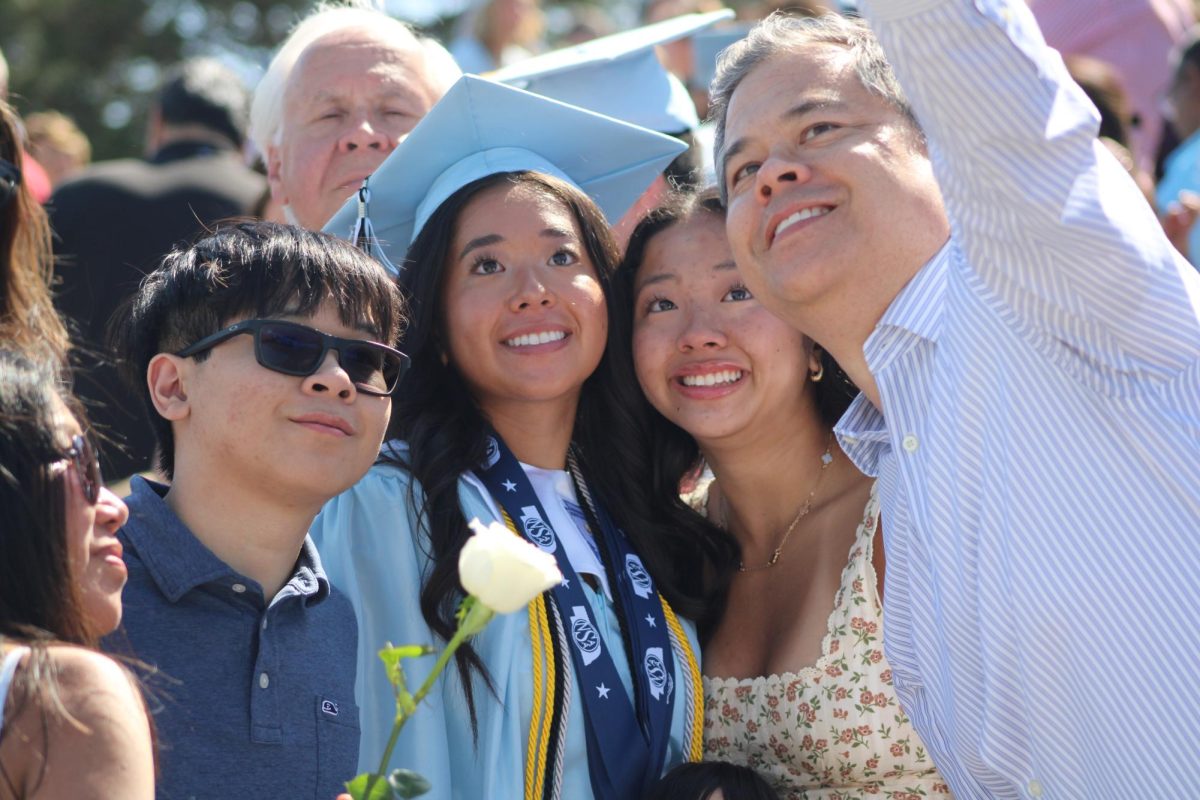It is the dawn of a new age of college athletics.
The logistics and structure of college sports are rapidly changing. Conferences at the highest level realign, athletes transfer at never-before-seen rates, TV contracts reach billions of dollars, and, perhaps the most notable of all, collegiate athletes are now able to profit off of their Name, Image, and Likeness, also known as NIL.
This is a monumental change for college athletics. Never before have college athletes been able to make money due to their athletic success. Now, student-athletes can monetize their NIL.
NIL legislation was passed by the NCAA in July 2021, so these deals are still very much in their infancy. No federal legislation or specific rules enacted by the NCAA have come into play, making the argument over NIL more of a speculative one.
We can expect that regulations will eventually be passed in order to more specifically define and set the boundaries of NIL, but right now the topic seems to spark a heated debate.
“I think NIL is a good thing mainly because the athletes put a lot of time into the sports they play, making it hard to make money with a job and balance school,” sophomore Jett Tingelhoff said. “Why not give them the opportunity to make money off of something they spend a lot of time doing?”
NIL is beneficial in that sense. The NCAA already makes it difficult for college athletes to have jobs, and student-athletes also have school to balance. Thus, the ability to make money based on athletics is a positive aspect.
“NIL is a great opportunity for college athletes to make a little extra money,” senior Harrison Weddell said. “While there may be a few extra problems, it is exciting to see.”
Weddell is a golf commit to the University of Nebraska-Wesleyan. His NIL situation is unique as he will be attending a small school where opportunities for monetizing NIL are less common. In addition, the largest NIL deals thus far have come in football and basketball. Golf sees less than the more prominent sports. However, Weddell feels NIL possibilities are still present for golfers.
“While NIL in the college golf scene may not be as high level as power five college football, there are still plenty of opportunities with companies in the golfing world,” Weddell said.
The biggest question surrounding NIL right now is how schools are properly able to use it. The NCAA technically states that NIL can’t be used for recruiting, however, it’s clear that this does happen.
“I think NIL is an overall good thing, however, it can be seen as a bad one,” senior Ryan Harrahill said. “It benefits players who need a job and this is their only source of income. However, schools can use it to recruit while they technically shouldn’t and we may not know the long term effects of this.”
He’s right. It’s clear that many schools across several different sports have been using NIL in an illegal way. The NCAA prohibits schools paying players and using NIL to recruit, but not much has been done by the organization to stop these instances.
Harrahill, a University of Nebraska-Lincoln baseball commit, is currently in a situation where NIL could soon become a reality for him.
“I see myself benefiting from NIL,” Harrahill said. “Every athlete at Nebraska goes through an NIL crash course. They teach the do’s and don’ts and they try to set everyone up with an NIL situation.”
Another substantial debate surrounding NIL is the ramifications it could have on small schools. Many that oppose this new legislation argue the rich schools will now get even richer, while others believe that these issues will sort themselves out and the large schools won’t separate too much from the smaller schools.
“I honestly don’t think it will be damaging because the five stars will still go to the bigger schools with or without the money and the lower radar kids will continue to go to smaller schools,” Tingelhoff said. “Even if schools like Texas A&M continue to pay a lot of money to get top recruits, some of those kids will transfer because of better playing opportunities at other schools. I think in the end kids will look at playing time and see the NIL deals as more of a benefit than a make or break thing.”
Unlike athletes in today’s world, math teacher and former Morningside University track runner Erin Kasner was not presented with these opportunities while in college as this new legislation has existed for less than two years.
“I have a twin sister and we were going to college at the same time,” Kasner said. “We were doing work study in between track practices and we would work two jobs during the summer so I think in that aspect, NIL would have helped a lot.”
Kasner, who went to a smaller school, believes that NIL has potential but also recognizes the damages it can have on small schools.
“I wouldn’t see NAIA schools doing much with NIL. I feel like this could cause some of the best athletes at these schools to reconsider.”
NIL is a novel change that has already proven to be one of the most extensive alterations in the history of college sports. Time will tell if this new legislation will ultimately prove to be a healthy aspect overall, or if the effects will be adverse to its intention.




